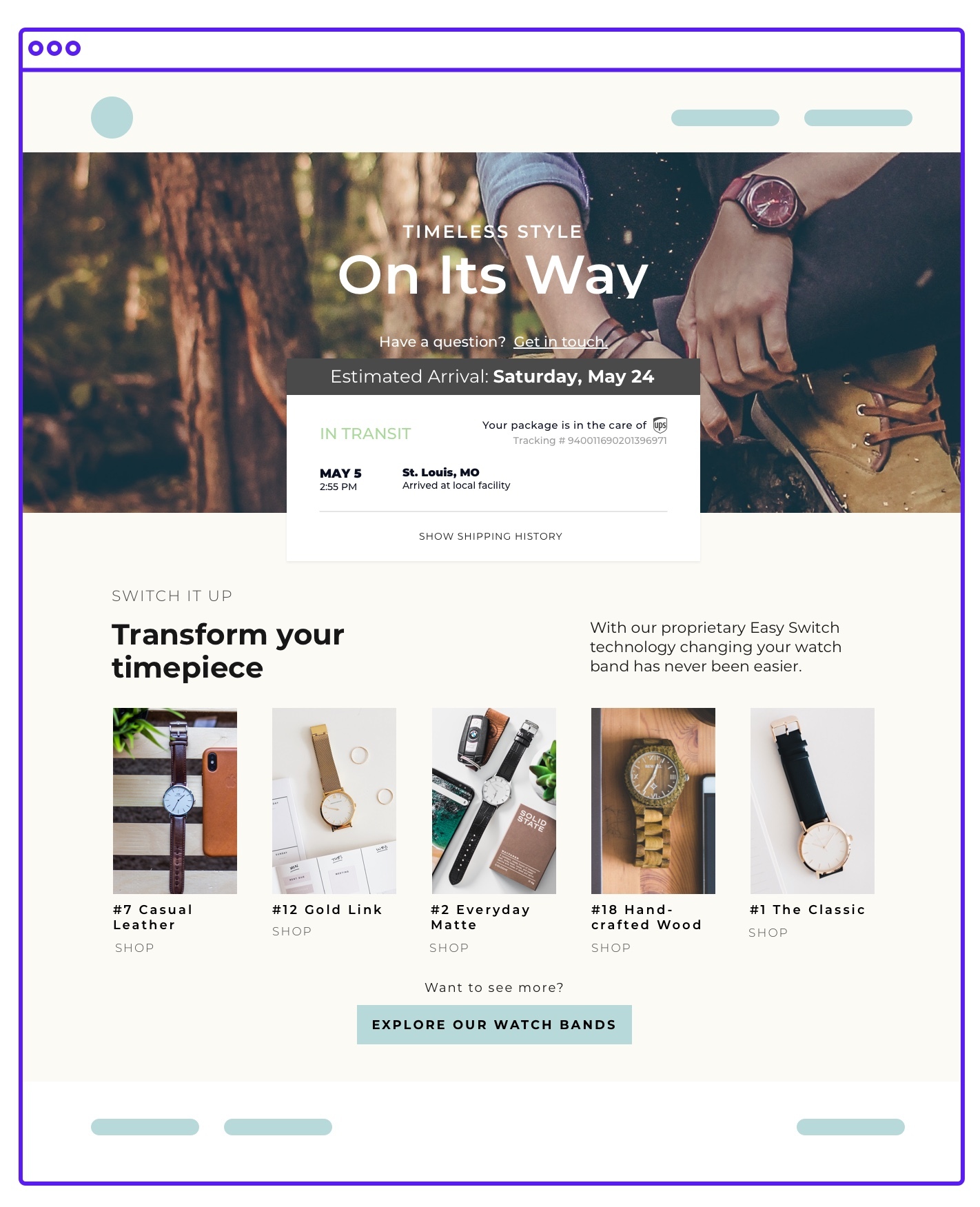How to Boost Revenue and AOV with Post-Purchase Upsells and Cross-sells
Shopify merchants are constantly seeking out innovative strategies to enhance sales and drive revenue when every click on their website could generate a profit. Amidst the myriad of tactics available, a well-done post-purchase upsell strategy is a game-changer, offering a golden opportunity to maximize profits and foster long-term customer relationships. Today, we delve into the realm of post-purchase upselling on Shopify, exploring its significance and unveiling effective strategies to propel your business forward.
Throughout this guide, we'll delve into the nuances of post-purchase upselling on Shopify, exploring best practices, advanced techniques, and the essential tools at your disposal. Whether you're a seasoned entrepreneur or a budding Shopify enthusiast, this comprehensive resource aims to equip you with the knowledge and insights needed to unlock your store's full revenue potential and increase customer satisfaction through strategic upselling tactics.
What is the post-purchase experience in business?
In business and ecommerce terms, the post-purchase experience refers to the period of time after a customer has made a purchase. During this time, business owners (like a Shopify brand owner) is focused on ensuring their customer is happy with their purchase (customer satisfaction, or CSAT for short) as well as communicating with the customer on when their order is projected to arrive at their doorstep. We call these types of messages post-purchase transactional messages or shipping notifications. Some people also refer to a post purchase page as the page a customer will see after checkout and a thank you page.
What are post-purchase upsells and cross-sells?
At its core, post-purchase upselling and cross-selling is the art of enticing customers to add complementary or upgraded products to their carts after they've made a purchase.
An upsell is when a customer adds something to their original order. It can be something more expensive (like a premium version of what they just bought), a bigger volume of a product they already have in their cart, or even a smaller version (like a travel-size item of what they just purchased).
A cross-sell is pretty much the same as an upsell, but it's when a customer adds another product to their cart (like a complimentary product).
So for example, say your customer just bought shampoo. An upsell would be them also purchasing that same shampoo in your bulk size and/or travel size or adding a subscription of said shampoo so they get recurring monthly bottles in the mail. A cross-sell would be the same customer also purchasing your conditioner.
Types of post-purchase upsells and cross-sells
- One-click post-purchase upsells: This type of upsell/cross-sell is slightly different but could be an effective strategy. One-click post-purchase upsells are when the customer sees an item after they make a purchase but before they have excited the store (between a checkout and thank you page). This page pops up immediately after the customer's original purchase is completed and the customer can accept the upsell without having to put in their payment or shipping information again. Hence the name, they purchase it with one click.
- After the original purchase, in a transactional email on a branded order tracking page: This type of upsell/cross-sell is placed on a branded order tracking page. After the customer makes their original purchase, they will receive a transactional email and/or SMS with their order confirmation details with a call-to-action (CTA) that takes them to a branded order tracking page that displays the cross-sells and upsells. Some visual examples of branded tracking pages with cross-sells and upsells are below this section. You can see the product recommendation section below the H1 of the tracking page. There are Shopify integrations like Malomo x Rebuy that help Shopify brands achieve this type of upselling in cross-sell/upsell emails.
- After the original purchase, in a marketing email: Another type of post-purchase upsell/cross-sell takes place in a marketing email (different from the transactional email above) and usually occurs anywhere from a few hours or days after the original purchase.



